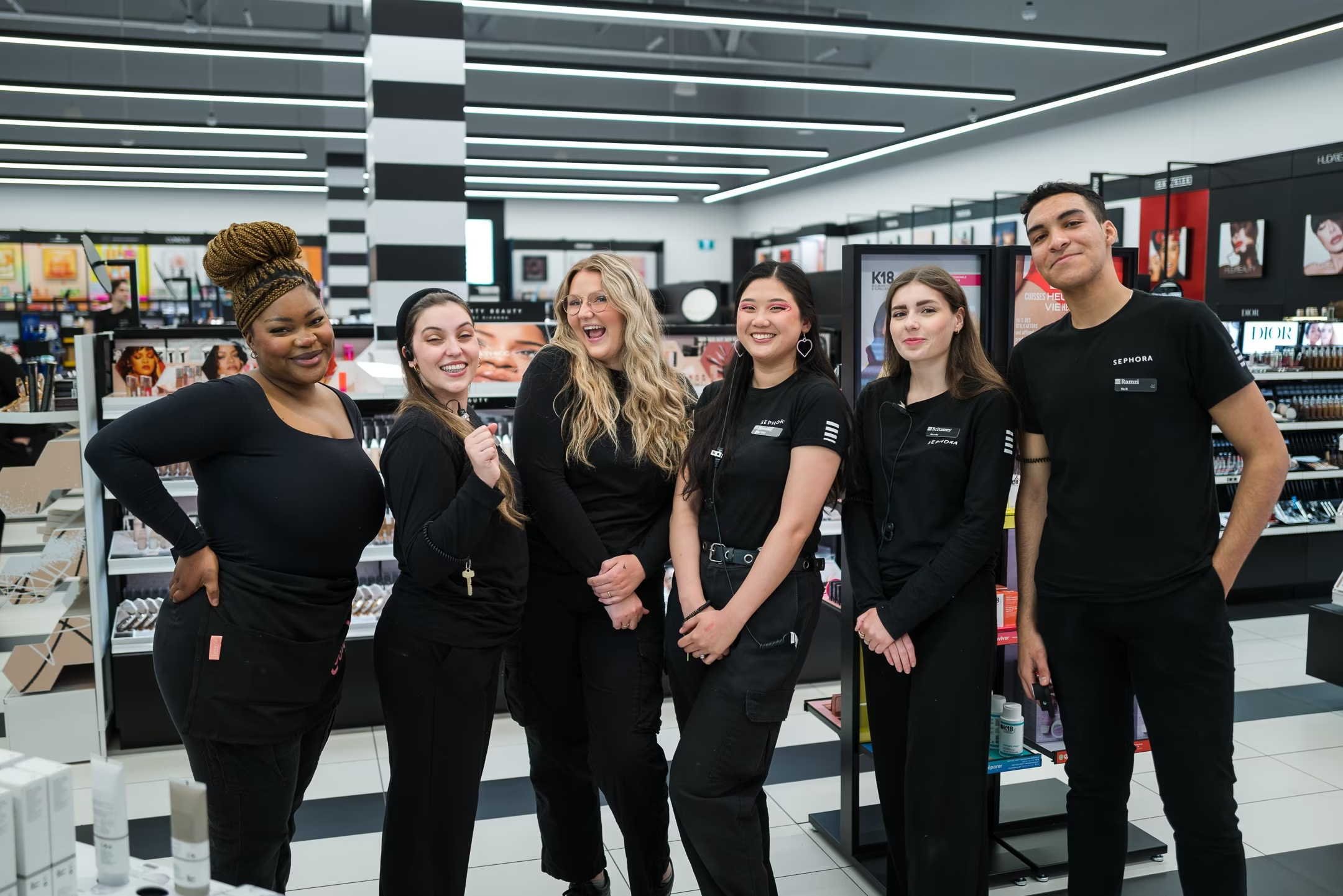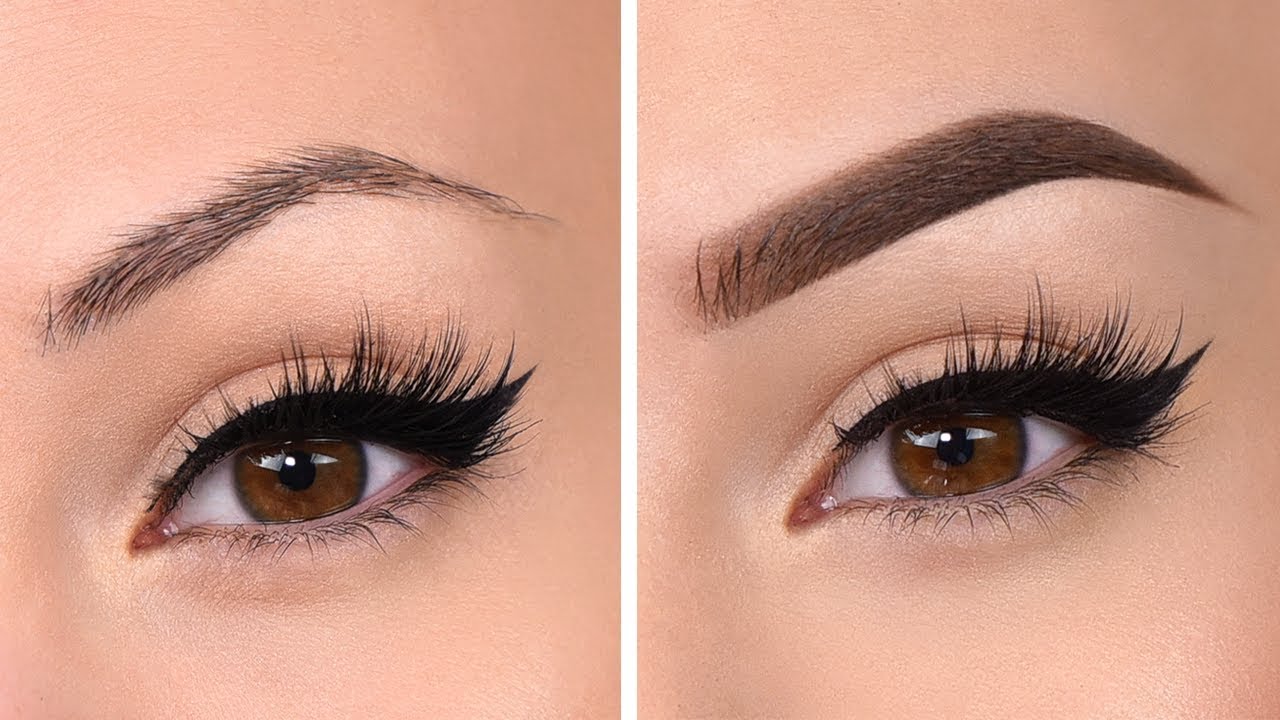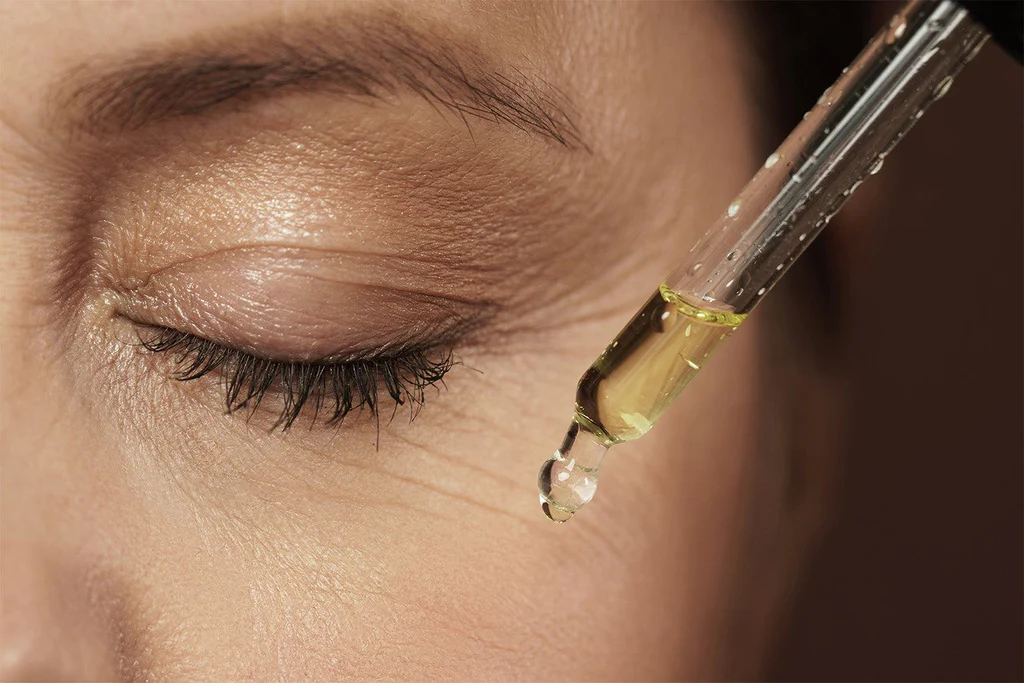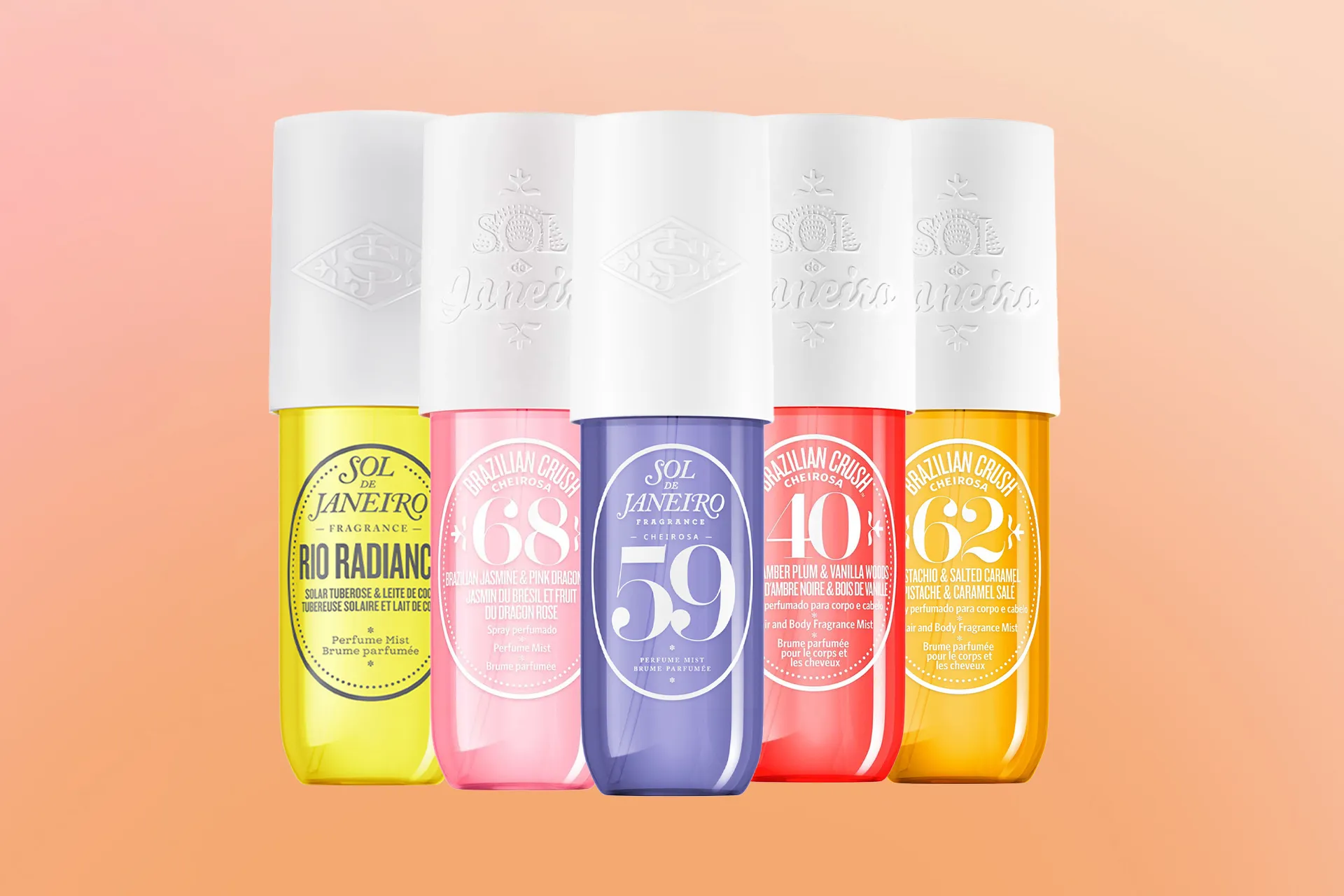
 By
Your Beauty Plug
By
Your Beauty Plug
Eyelashes are not only a beautiful feature of our eyes, but also a protective barrier that keeps dust and debris away from them. However, many factors can affect the health and growth of our eyelashes, such as makeup, curlers, allergies, infections, and medical conditions. In this blog post, we will share some Eyelash Growth Tips on how to get longer and healthier eyelashes naturally, without resorting to expensive or harmful treatments.
The most common causes of eyelash loss or damage are:
The best way to prevent eyelash loss or damage is to practice good eyelash hygiene and care. Here are some tips to follow:
Here are some frequently asked questions about eyelash growth and care:
Eyelashes are an important part of our eye health and beauty, but they can also suffer from various problems that can affect their growth and appearance. By following some simple tips and precautions, we can prevent or minimize eyelash loss or damage and promote their natural growth. We can also use some natural or commercial products that can enhance the length, thickness, or darkness of our eyelashes, as long as we are careful about their ingredients and side effects. However, we should also remember that eyelashes are not the only factor that determines the beauty of our eyes, and that we should appreciate and embrace our natural eyelashes, whatever their shape or size. After all, the eyes are the windows to the soul, and the eyelashes are the curtains that frame them. 😊
I hope you enjoyed this blog post and found it useful and informative. If you have any questions, comments, or feedback, please feel free to leave them below. Thank you for reading and have a wonderful day! 🌞




